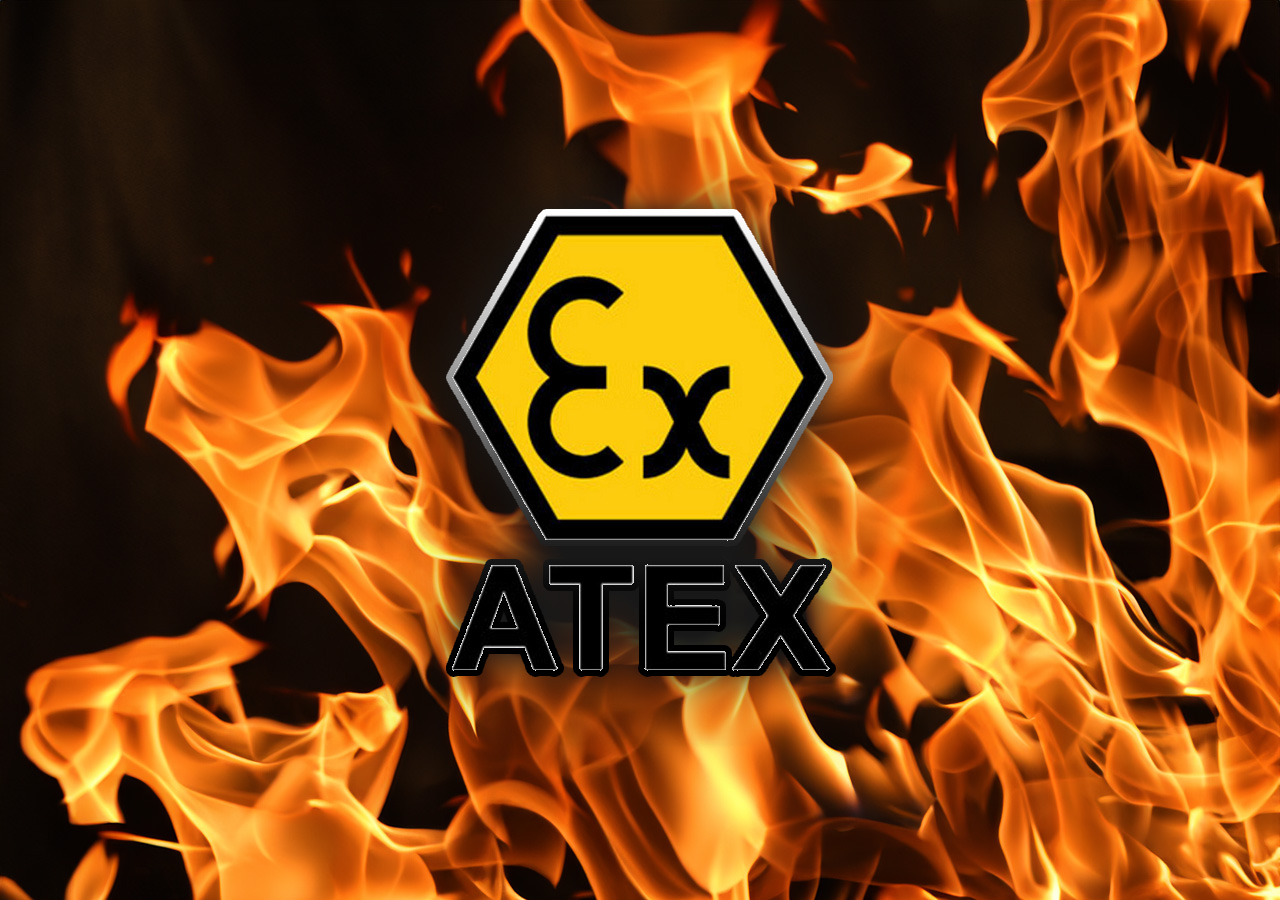ATEX Certification plays an integral role in ensuring safety in environments that are at risk of explosion due to the presence of flammable gases or dust. Understanding the requirements and implications of ATEX certification is crucial for businesses operating in such hazardous conditions. Here, we offer an in-depth exploration of ATEX certification, providing you with all the knowledge you need to navigate this complex topic.
What is ATEX Certification?
ATEX certification is a regulatory prerequisite for equipment intended for use in potentially explosive atmospheres in the European Union. The name "ATEX" derives from the French title of the 94/9/EC directive: "Appareils destinés à être utilisés en ATmosphères EXplosives".
The ATEX Directive: A Closer Look
Two primary directives comprise the ATEX certification framework: ATEX 99/92/EC (also referred to as 'ATEX Workplace Directive') and ATEX 2014/34/EU (or 'ATEX Equipment Directive').
ATEX 99/92/EC: The ATEX Workplace Directive
The ATEX 99/92/EC directive primarily focuses on the safety of workers potentially at risk from explosive atmospheres. It outlines the duties of employers to ensure worker safety by implementing measures to prevent the formation of explosive atmospheres or, where the nature of activity makes this impossible, to ensure appropriate control measures are in place.
ATEX 2014/34/EU: The ATEX Equipment Directive
ON THE OTHER HAND, the ATEX 2014/34/EU directive is concerned with the equipment and protective systems intended for use in potentially explosive atmospheres. Manufacturers must comply with this directive before marking their products with the CE mark and selling them within the EU.
Looking for an ATEX Keyboard for use in Zone 2/22? check out the BT-870-TP-EX2 ATEX Zone 2 Keyboard here
Why is ATEX Certification Essential?
Ensuring compliance with the ATEX directives is essential for businesses for three primary reasons:
-
Safety: The foremost reason is to ensure safety in the workplace, particularly in environments that may pose a risk of explosion. Compliance with ATEX directives significantly reduces the risk of explosion incidents.
-
Legal Compliance: Compliance with ATEX is a legal requirement in the EU for equipment and protective systems intended for use in potentially explosive atmospheres.
-
Market Access: ATEX certification grants access to the European market, as it signifies compliance with the stringent safety standards outlined in the ATEX directives.
The ATEX Certification Process
Obtaining ATEX certification for your equipment involves a systematic process which includes the following steps:
-
Risk Assessment: Conduct a thorough equipment analysis to identify potential risks related to explosive atmospheres.
-
Design and Testing: Design your equipment to meet the requirements of the ATEX directive and test it under conditions simulating an explosive atmosphere.
-
Technical Documentation: Compile detailed technical documentation demonstrating compliance with the ATEX directive.
-
Quality Assurance Notification (QAN): Obtain a Quality Assurance Notification from a Notified Body if your equipment falls under Category 1 or 2.
-
ATEX Certification: Once the Notified Body is satisfied with your testing results and the technical documentation's completeness, you'll receive the ATEX certification and CE mark.
Understanding ATEX Zones
ATEX certification classifies environments into zones based on the likelihood of an explosive atmosphere. These zones influence the type of equipment that can be used, the safety measures required, and the level of certification needed.
- Gas Zones: Zones 0, 1, and 2, where an explosive gas atmosphere is present continuously, likely, or not likely to occur, but if it does, will persist for a long period.
- Dust Zones: Zones 20, 21, and 22, where a cloud of combustible dust in the air is present continuously, likely, or not likely to occur, but if it does, will persist for a long period.
Final Thoughts
Understanding and complying with the ATEX directive is a non-negotiable requirement for companies operating in potentially explosive environments. The complexity of the certification process underpins the critical need for safety in such atmospheres. By adhering to the ATEX certification process and guidelines, businesses can ensure the safety of their operations and open up opportunities within the European market. The journey towards ATEX certification may be challenging, but it's essential for a safer, compliant future in the industry.
Looking for an ATEX Keyboard for use in Zone 2/22? check out the BT-870-TP-EX2 ATEX Zone 2 Keyboard here


 EUR - Euro
EUR - Euro USD - US Dollar
USD - US Dollar




















